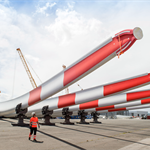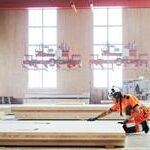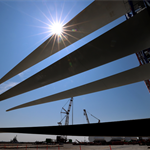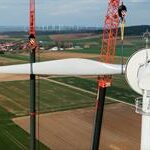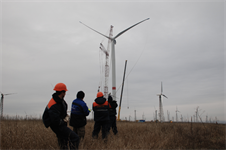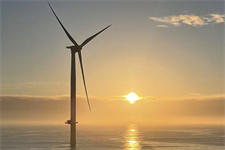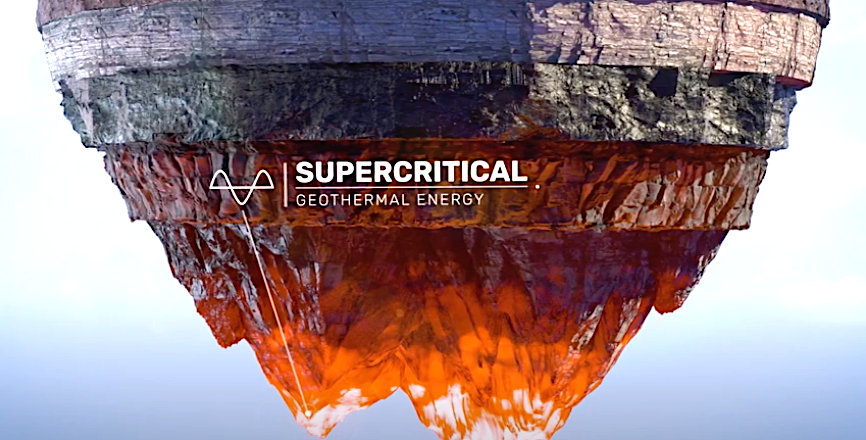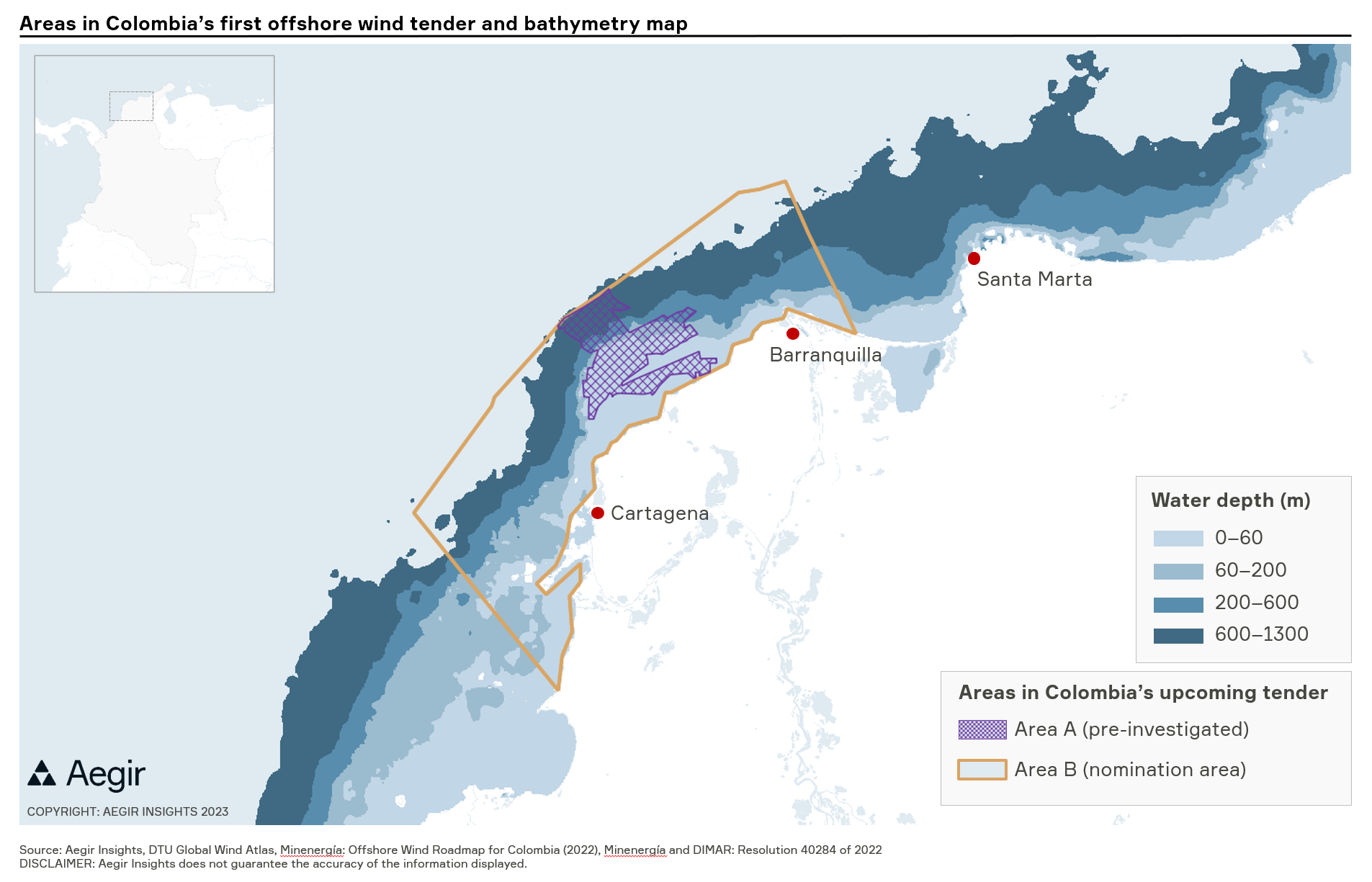How the wind industry can reach 100% recyclable blades
Energy Disrupter
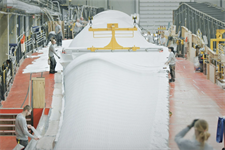
Meeting sustainability targets set by turbine and blade manufacturers will require cross-sector and inter-sector engagement and collaboration, panellists at WindEurope’s recent Electric City conference in Copenhagen , Denmark said. This collaborative approach will help to tackle challenges holistically, they added.
Turbine manufacturers such as Siemens Gamesa Renewable Energy (SGRE) – which recently produced its first recyclable offshore wind blades – have made breakthroughs, but the industry still faces challenges.
Development of new, more easily recycled materials may create new ethical considerations, and the business case for investing in a recycling industry for the wind power sector needs to be developed and strengthened.
However, developing recyclable blades and boosting the wind sector’s green credentials may also have its own rewards.
‘Not a cost, but a benefit’
Speaking on the ‘Working towards 100% recyclable wind turbines’ panel, Mitja Schulz, CEO of advanced composites materials manufacturer Gurit, suggested sustainability could attract new workers to the industry.
“When I speak to people applying to work for us, I hear people say – nine times out of ten – ‘I want to work somewhere that has a purpose and that is good for the world’,” he said.
Meanwhile, Bjarne Nielsen, vice-president of manufacturing and industrial strategy at GE-owned blade maker LM Wind Power, which recently committed to producing zero-waste blades by 2030, suggested that sustainability could help to reduce costs.
According to LM Wind Power, the company went carbon neutral in 2018. which Nielsen said was “not a cost, but a benefit to our results” due to it being more efficient with the processes it uses and its material consumption.
Paradigm shift
Jonas Pagh Jensen, environmental health and safety specialist at SGRE, noted that there has been a “slight shift in the paradigm”, with wind power companies talking less about the need to reduce costs, and more about the need to be sustainable.
He believes wind turbine manufacturers have a responsibility to help mature the value chains that are needed for blades to be fully recyclable.
“We need to help those who have the capacities and the willingness to handle the waste streams coming from the blades,” he said.
“At the moment, it’s a bit fragmented: We have companies good at transporting, we have companies good at recycling. We need to try to bridge the gaps in the value chain.”
Business case
Gurit’s Schulz said the wind industry is “still lagging behind other industries in terms of engaging suppliers early”. This is an oversight, as early involvement can help companies in the recycling business prepare for increased volumes of materials from the wind power sector by investing in the necessary technologies.
“We probably know how to develop the next generation of materials in a way that they’re more sustainable, but there is still too much not involved here,” said Schulz. “Let’s tackle it as an industry and talk about it — identify what we want very early, and build standards for processes, so we can tackle problems holistically and together.”
Early engagement can help recycling companies have visibility of incoming volumes from the wind industry, and spell out what they need from wind power companies to get ready.
Peter Giddings, chief engineer at the UK’s National Composites Centre said: “No one country has the capacity to meet the demands of the wind industry.
“However, there are many businesses across Europe that could scale up with moderate investment, but the business case needs serious thought, and maybe some support.”
Collaborative approach
Wind power companies are already working together on recyclable blades through various research partnerships.
But Schulz believes more partnerships will be needed, and suggested: “A neutral association could facilitate the conversation or enable a framework to be legally compliant.”
Giddings believes such partnerships could be useful as they would mean “businesses that normally compete can pool resources to solve a challenge that is bigger than any one business would want to tackle.”
He sees the Bristol-based National Composites Centre as a “convener”, bringing companies together and adding perspectives from different sectors.
Giddings added that centres like his have visibility of what materials are being decommissioned in other sectors, and could therefore suggest how the wind industry could learn from how those materials are recycled.
New considerations
Panellists agreed that recyclable wind turbine blades are a positive thing, but warned that some developments may cause unforeseen and unsavoury results.
Lisa Ekstrand, senior director and head of sustainability at Vestas — which aims to make fully recyclable blades by 2030 — said she is sure new materials will be developed that could enable recyclable blades, but cautioned that other ethical and environmental impacts may need to be considered.
“What’s important when looking at new materials is to look at knowledge and facts, not intuition of what might be the right thing,” she said.
Such considerations could also include human rights, according to Siemens Gamesa’s Pagh Jensen.


